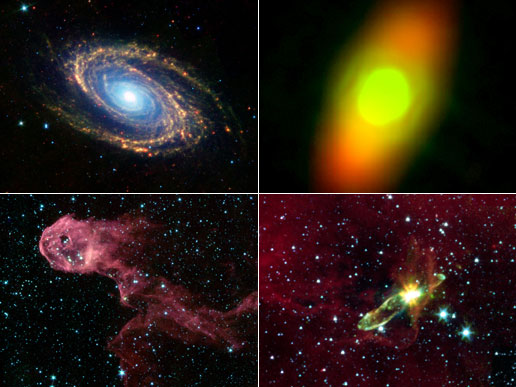|


|
|
Author
Index
C |
Jack
L Chalker |
|
Title
Index
L |
Lords
of the Middle Dark |
|
|
|
|
| Year |
1986 |
| Publisher |
New
English
Library (Del
Rey/Ballantine) |
| ISBN |
0450428052 |
|
|
|
Synopsis
|
The
Rings of the
Master Book One
Across the
galaxy and beyond,
the Master System
ruled. Once
the product of
human
intelligence, it
now far surpassed
its
creators.
All understanding
of it was lost and
any attempt at
rediscovery
ruthlessly
suppressed.
The rule of the
Master System was
unchallenged.
Yet there was a
key, long
forgotten, that
would break that
control and it
happened by chance
that two people,
an American and a
Chinese woman,
stumbled across
the secret of the
five gold rings
that were the key.
Now their only
hope lay in
finding the rings
themselves for the
Master System was
at their backs,
hunting them down
... |
|
|
|
Review
|
'I
was absolutely
stunned at the
panoramic beauty
and scope of this
series of books.
Without a doubt
one of, if not
THE, best series
ever in the
history of the
genre. The
symbolism and
struggles are
hauntingly
realistic and
accurate--meshing
with our deepest
hopes and desires.
This is a deep
book from a deep
series. My
favorite author of
all time. Between
this series and
the Wellworld
series, all other
authors have new
benchmarks to aim
for.'
Steven E Romer
- The Textbook of
the Universe |
|
|
_______________________________________________________
 |
|
|
Credit:
NASA
|
|
Dazzling
Images
From Newly
Named
Space
Telescope
NASA's
newly
named
Spitzer
Space
Telescope
has
captured
dazzling
images of
a dusty,
spiral
galaxy; a
planet-forming
disc; a
glowing,
stellar
nursery
and a
young,
buried
star,
demonstrating
the power
of its
infrared
eyes to
spy hidden
objects.
Top left:
The dusty,
star-studded
arms of
M81, a
nearby
spiral
galaxy
similar to
our own,
are
illuminated
in
unprecedented
detail.
The image
reveals
Spitzer's
ability to
explore
regions
invisible
in optical
light.
Top right:
A massive
disc of
dusty
debris
encircles
a nearby
star
called
Fomalhaut.
Such discs
are
remnants
of
planetary
construction;
our own
planet is
believed
to have
formed out
of a
similar
disc.
Bottom
left:
Resembling
a flaming
creature
on the
run, this
image
exposes
the hidden
interior
of a dark
and dusty
cloud in
the
emission
nebula IC
1396.
Young
stars
previously
obscured
by dust
can be
seen here
for the
first
time.
Bottom
right:
This
Spitzer
image
transforms
a dark
cloud into
a silky
translucent
veil,
revealing
the
stellar
winds from
an
otherwise
hidden
newborn
star
called
HH46-IR.
Spitzer's
remarkable
capacity
to peer
through
cosmic
dust
allowed it
to unveil
this
never-before-seen
star.
Launched
in August
2003 as
the Space
Infrared
Telescope
Facility (SIRTF),
Spitzer
was
renamed in
honor of
Dr. Lyman
Spitzer,
Jr, the
first to
propose
placing
telescopes
in space. |
|
NASA
Image of
the day
archive |
|
______________________________________________________
|
|


|

